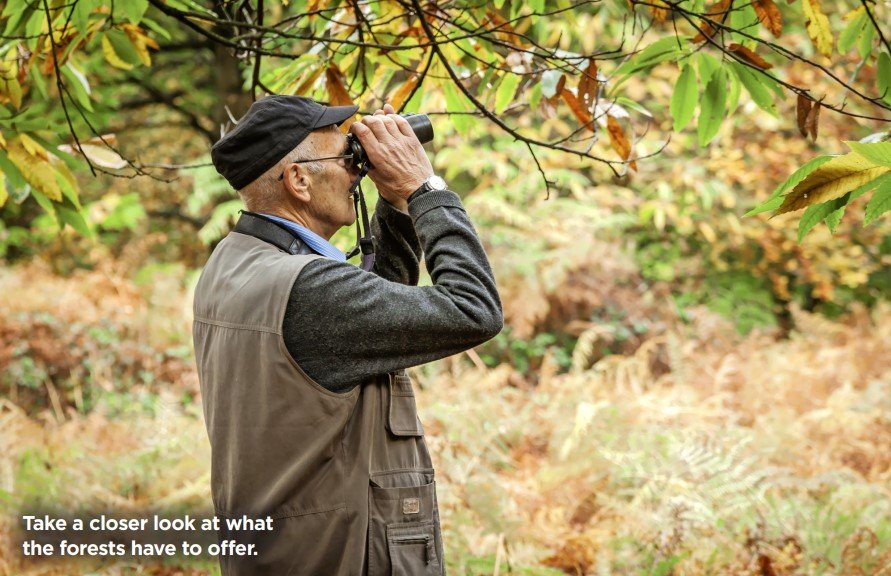From the 4am dawn chorus to the bluebells glowing in the last rays of evening light, spring wildlife in the forest is the surge of inspiration you need to keep those miles ticking...
IF YOU’RE STRUGGLING to clock the distance this year and need motivation to get yourself out the front door, there can be no better show than the one staged by the British countryside during the month of May.
The performance reaches peak vigour at this time of year with an explosion of colour and music to enchant the soul. And best of all, it’s happening right now at your local woodland.
If you can overcome the comfort of bed and drag yourself to your nearest forest at sunrise, you’ll find the experience unforgettable (in a good way!). Our trees are home to most of nature’s great songsters – the day normally beginning with the perky sound of the robin, followed by a beautiful chorus from the blackbird, song thrush and dunnock.
It’s not just the volume of the music that’s at its greatest right now, but also its diversity, as our summer migrants have arrived, meaning the likes of willow warblers and chiffchaffs might join in, and – if you’re lucky – possibly a cuckoo or two.
Such an early start means you’ll have completed your day’s mileage by the time you sit down at the breakfast table, and what a walk it’ll be with our forests at their most lush and verdant. You might pass violet blankets of bluebells or white carpets of wild garlic (with their surprisingly alluring smell). Early purple orchid and red campion also add to the rainbow effect.
All these blooms attract an abundance of bees and butterflies. And always keep your eyes peeled for reptiles and mammals – they may be hard to spot but our forests provide essential habitats for many of our most-loved creatures, and breakfast is always more interesting if you can say you’ve seen a deer or a basking adder that morning.
If you think you live miles from your nearest wood you’re probably wrong, as Forestry England alone has more than 1500 forests scattered around the country, and its website has a search function that’ll tell you which are your nearest. The organisation looks after some of our most endangered wildlife and has also, rather excitingly, helped to reintroduce creatures that might not have been seen in the area for hundreds of years. A notable example is the beaver, which has been brought back to the North York Moors and Gloucestershire’s Forest of Dean for the first time since Tudor times. Forestry England has also aided the return of white-tailed eagles to the Isle of Wight after a 240-year absence, water voles to Northumberland and pine martens to the Welsh border.
So yes, the warmer weather and longer days are great incentives for getting outside and ticking off those miles. But the thrill of seeing, hearing and smelling our wooded areas when they’re so full of life at its most vibrant and expressive, is one of the great pleasures of the year.





